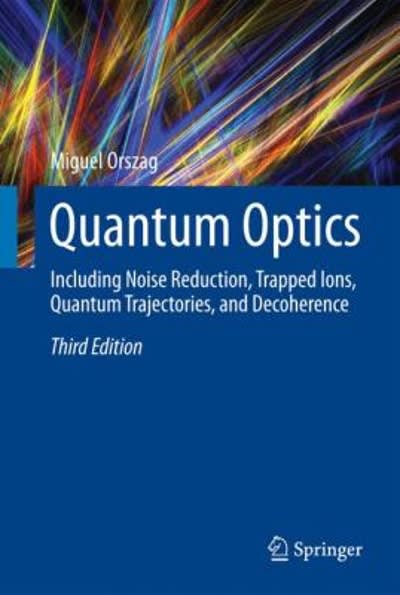1. When a student is asked if the teacher standing at the left end of the chalkboard is moving, the student answers yes and no. Which pair of the following frames of reference would fit the student's answers? (A) Compared to the board, compared to the sun. (B) Compared to the students desks, compared to the board. (C) Compared to the sun, compared to the board. (D) Compared to the floor, compared to the ceiling. 2. Which of the following examples includes an object traveling with a constant velocity? (A) A rock dropped from bridge into the water below. (B)A bowling ball at the end of the lane striking the pins. (C) A horse on a merry-go-round during the middle of the ride cycle. (D) Passengers on an escalator at a hotel. 3. In constant velocity motion, which graph must be linear with a slope =0, but does not need to be on the horizontal axis? (A) P vs T (B) V vs T (C) A vs T (D) P vs T2 Use these options for questions 4-6, read them all from left to right. (A) * (B) * C) * D)* 4. Which dot diagram shows the fastest constant velocity? 5. Which dot diagram shows a positive acceleration? 6. Which dot diagram shows the least change in position during any second? 7. Kate runs from home to the Turkey Hill 800.0-m (East) away in 200.0-s. She grabs and pays for a sports drink in 30.0-s, then walks home in 330.0-s. What is Kate's distance and displacement for the trip? (A) 1600.0-m, 1600.0-m. (B) 1600.0-m, 1600-m East (C) 0-m, 1600-m (D) 1600-m, 0-m (E) 800-m. 8. What is Kate's average speed and velocity for the trip? (A) 2.857-m/s, 2.857-m/s East. (B) 4.000-m/s, -2.424-m/s. (C) 3.019-m/s East, 2.424-m/s West (D) 2.857-m/s, 0 9. When does Kate have the greatest speed? (A) On the way to the store. (B) At the store. (C) On the return trip to home. (D) Nowhere, it is all the same. 10. A ball is thrown into the air on Earth with a velocity of 15.6-mph and allowed to fall back down to the surface. At the top of its path, what is its acceleration? (A) 0-m/s/s. (B) -15.6-m/s (C) -9.8-m/s' (D) It cannot be determined with the limited information provided. 1 1. An object is slowing down, which of the following combinations are possibilities for its velocity and acceleration? (A) + vel, + acc. (B) + vel, - acc. (C) - vel, + acc. (D) -vel, - acc. (E) A&B. (F) B&C (G) C&D 12. In a position vs time graph, acceleration is identifiable by: (A) a positive slope. (B) a negative slope. (C) area. (D) a changing slope. 13. In a velocity vs time graph, which variable is not capable of being identified? (A) Initial velocity. (B) Position. (C) Time. (D) Acceleration (E) Displacement. 14. A racecar traveling 200-mph crashes into a barrier and stops 8.5-seconds later. Which equation can be used to find its displacement ? (A) vf= vit at (B) d= 1/2 (vf+vi)t (C) d = 1/2 at + vit (D) ve = vi + 2ad (E) d = vt 15. A paper football slides 0.98-m across a table coming to a stop in 1.6-s. Which equation can be used to find the initial velocity? (A) vr= vit at (B) d= 1/2 (vf+vi) t (C) d = 1/2 at + vit (D) vr = vi + 2ad (E) d = vt







